-
Troppo Plant & Garden Articles
- Delicious Recipes
- TROPPO’s Food Forest in Te Puke, BOP (www,foodforest.org.nz)
- Troppo’s Plant Collection
- TROPPO's Nursery Directory
- Food Forests of New Zealand (www.foodforests.nz)
- Nursery Map - Plant Suppliers of NZ Directory (www.nurserymap.nz)
- Kids Garden Corner
- New Zealand Garden Bird Survey
- New Zealand Garden Groups
The Puzzling Problem of Contorta Pine: An Invader of New Zealand
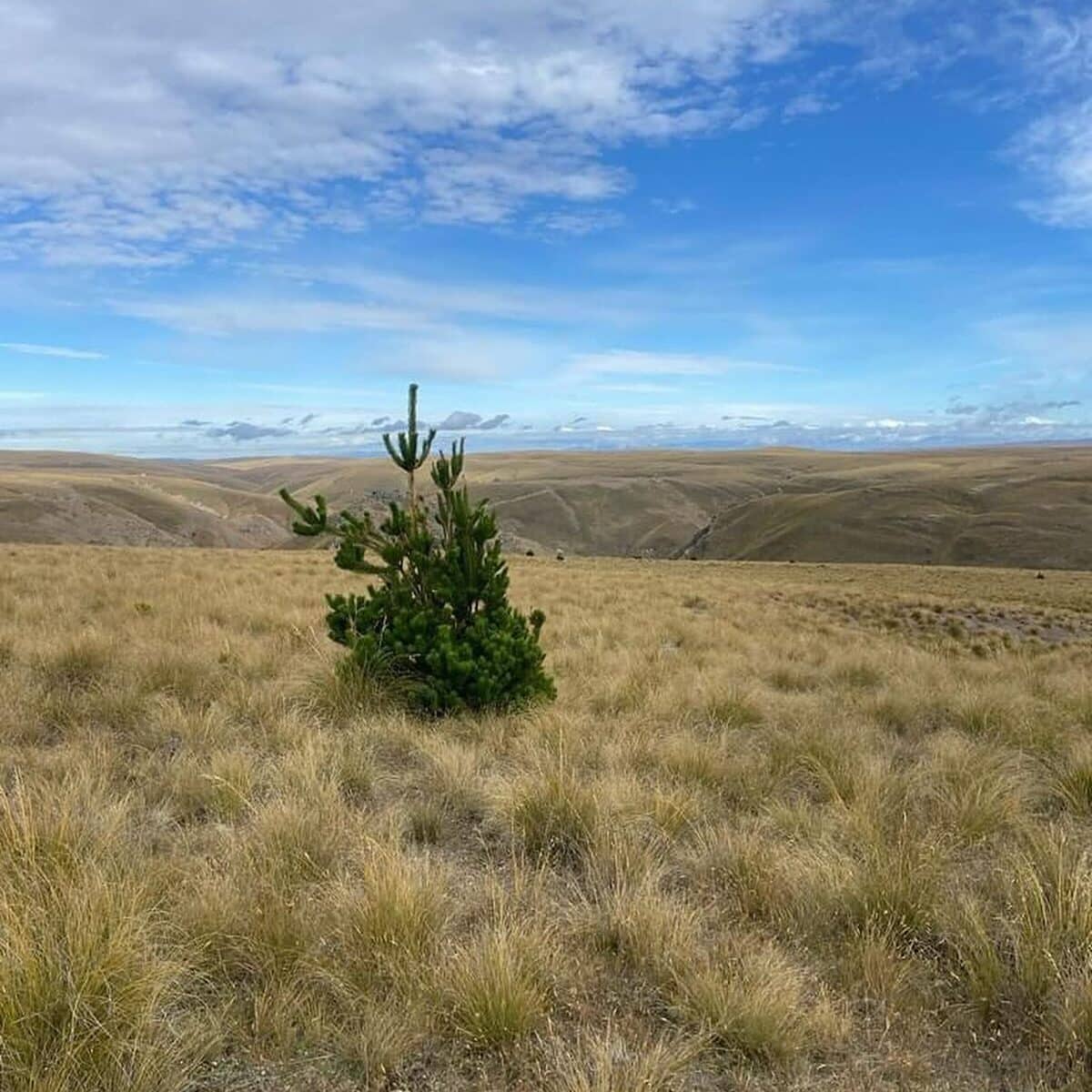
Hello, nature lovers and environmental champions! 🌲 Today, we’re focusing on a tree that’s causing quite a stir in New Zealand’s landscapes: the Contorta Pine. Known botanically as Pinus contorta and commonly referred to as Lodgepole Pine or P. murrayana, this tree is part of the Pinaceae family. While its towering presence might seem majestic, the Contorta Pine has become an unwelcome guest in our wild spaces. Let’s explore why this pine is a problem and why it needs to be managed and removed.
Meet the Contorta Pine
The Contorta Pine, originally from the western regions of North America, is renowned for its versatility and resilience. It thrives in a range of environments, from coastal areas to high-altitude forests, making it a popular choice for forestry. However, in New Zealand, this adaptability has turned it into an invasive threat.
Pinus contorta can grow up to 20 meters or more, with a straight trunk and a narrow, conical shape. Its needles are twisted and grow in pairs, and it produces small, prickly cones. While it might look picturesque in its native habitat, in New Zealand, it’s an ecological troublemaker.
Why Contorta Pine is a Threat to New Zealand’s Ecosystem
Despite its attractive appearance, the Contorta Pine poses several serious threats to New Zealand’s natural environments. Here’s why it’s considered a problem:
- Aggressive Spread: The Contorta Pine spreads quickly and produces vast quantities of seeds that are easily dispersed by the wind. This allows it to invade and establish itself in new areas rapidly.
- Displacement of Native Vegetation: As these pines spread, they outcompete and displace native plants. This leads to a loss of biodiversity and disrupts the natural balance of ecosystems.
- Alteration of Soil and Water: The dense root systems and high water usage of Contorta Pine can alter soil composition and reduce water availability for other plants. This can degrade the soil and affect the overall health of the ecosystem.
- Increased Fire Risk: Pine forests are more prone to wildfires due to the high resin content in their needles and wood. The spread of Contorta Pine increases the risk of fire in invaded areas, posing a danger to both natural habitats and nearby communities.
- Visual Impact: The uniform, dense stands of Contorta Pine can dramatically change the landscape, transforming open grasslands and diverse forests into monotonous pine forests.
How to Identify Contorta Pine
Recognizing Contorta Pine is the first step in managing its spread. Here’s how to identify Pinus contorta:
- Needles: Look for long, twisted needles that grow in pairs. They are typically dark green and measure between 4 to 7 cm in length.
- Cones: The cones are small, about 3 to 6 cm long, with a characteristic prickly surface. They often remain closed on the tree.
- Bark: The bark is rough and scaly, with a greyish-brown color that thickens and becomes more rugged as the tree matures.
- Growth Habit: Contorta Pines have a straight trunk and a narrow, conical crown. They can grow up to 20 meters or more in height, forming dense, uniform stands.
How to Manage and Remove Contorta Pine
Controlling the spread of Contorta Pine requires a strategic approach. Here’s how you can tackle this invasive tree: https://www.facebook.com/centralwildingconifers/
- Manual Removal: For young saplings, hand-pulling or cutting the trees at ground level can be effective. Ensure to remove all roots to prevent regrowth.
- Mechanical Removal: Larger trees may require chainsaws or heavy machinery to cut and remove them. This method is often used in coordinated efforts to clear large infestations.
- Herbicide Treatment: Applying herbicides to the stumps after cutting can help prevent resprouting. Follow safety guidelines and local regulations when using herbicides.
- Controlled Burning: In some areas, controlled burns are used to clear dense stands of Contorta Pine. This method requires careful planning and supervision to prevent the spread of fire.
- Replanting with Natives: After removal, replanting the area with native species can help restore the ecosystem and prevent the return of Contorta Pine.
Why Your Efforts Matter
Managing and removing Contorta Pine is crucial for preserving New Zealand’s unique landscapes and biodiversity. By controlling these invasive trees, you’re helping to protect the natural beauty and ecological health of our environments.
Join the Fight Against Contorta Pine
Ready to take action against this coniferous invader? Whether you’re removing Contorta Pines from your property or participating in community control programs, your efforts make a significant impact. Together, we can protect New Zealand’s natural heritage and keep our landscapes free from this invasive threat.
Happy clearing, and let’s keep New Zealand’s wilderness wild and beautiful! 🌲🪓
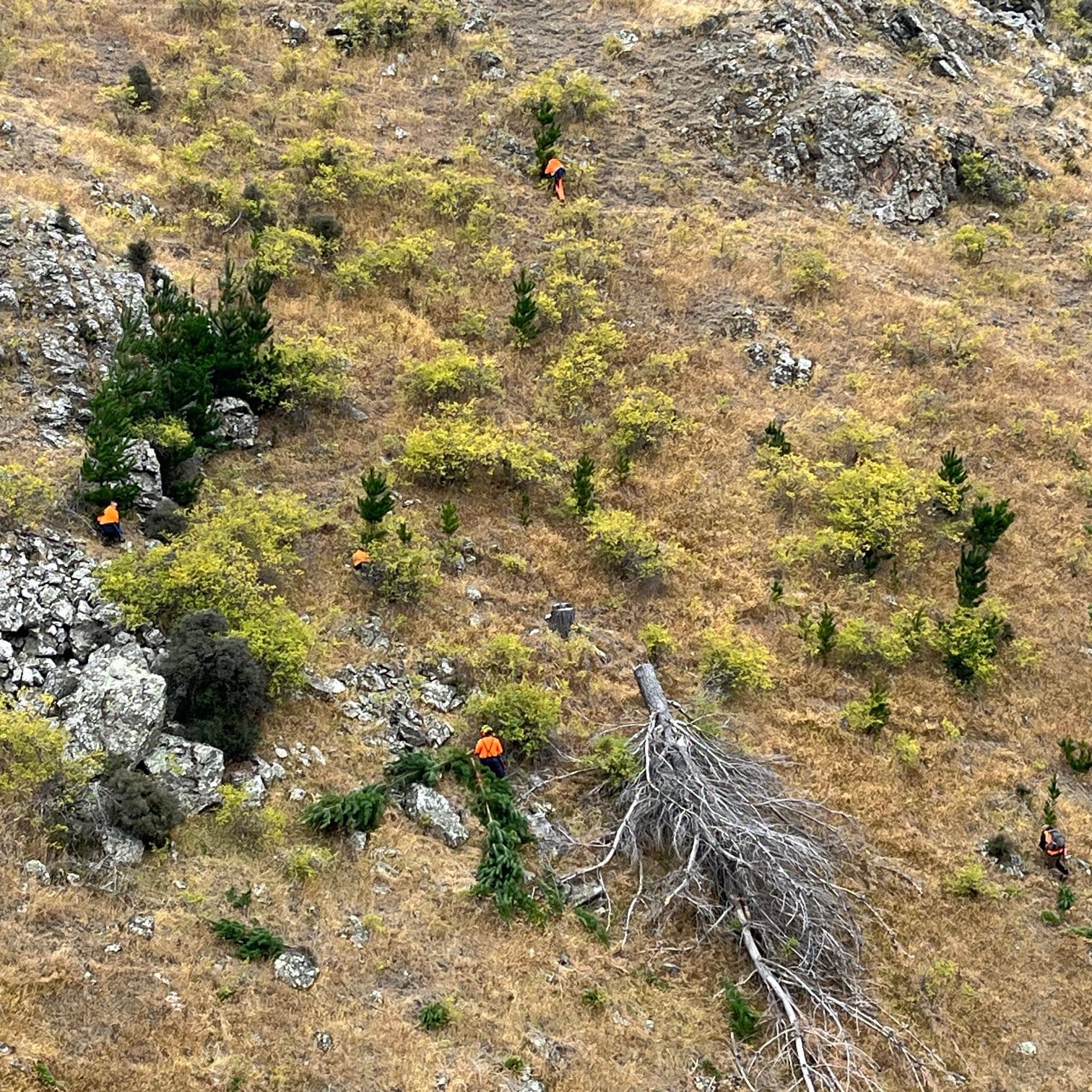

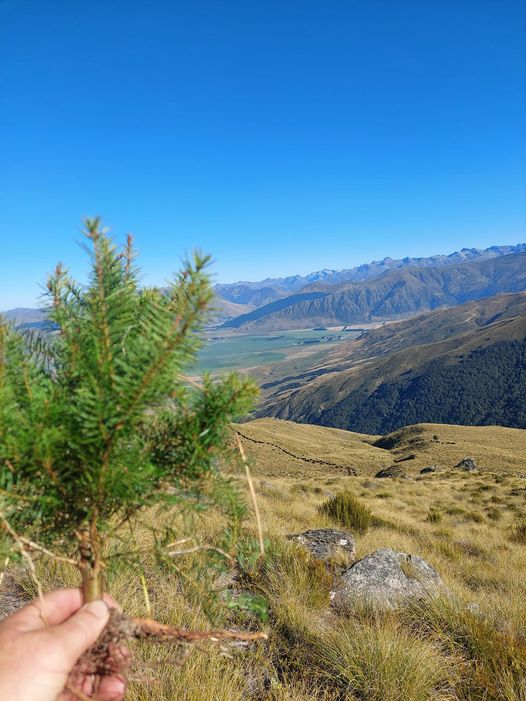
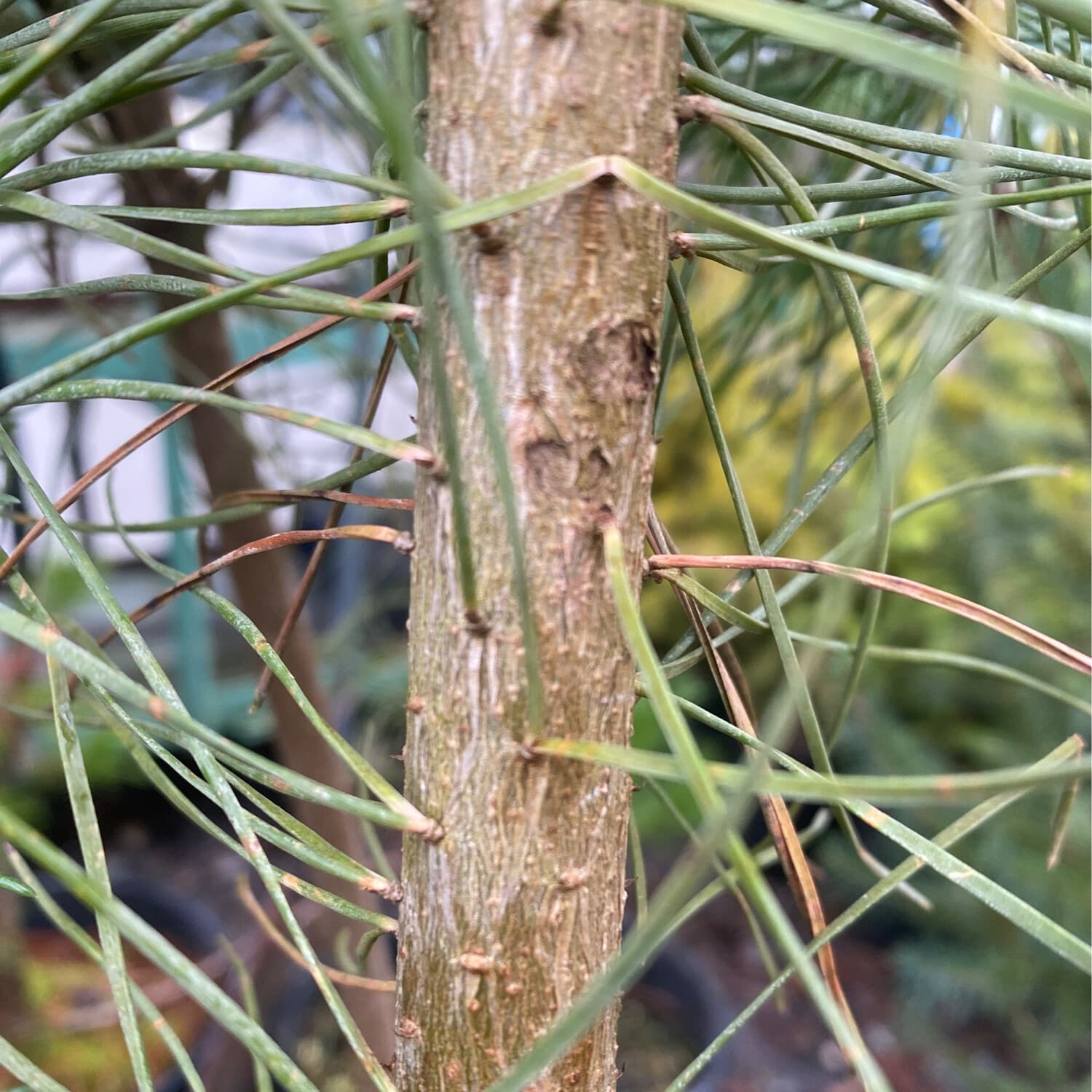
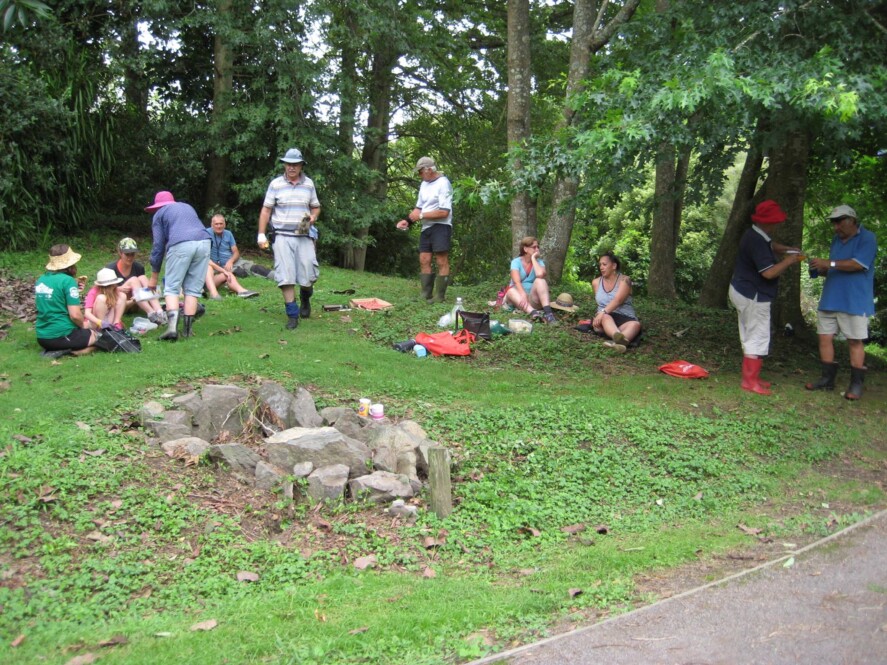

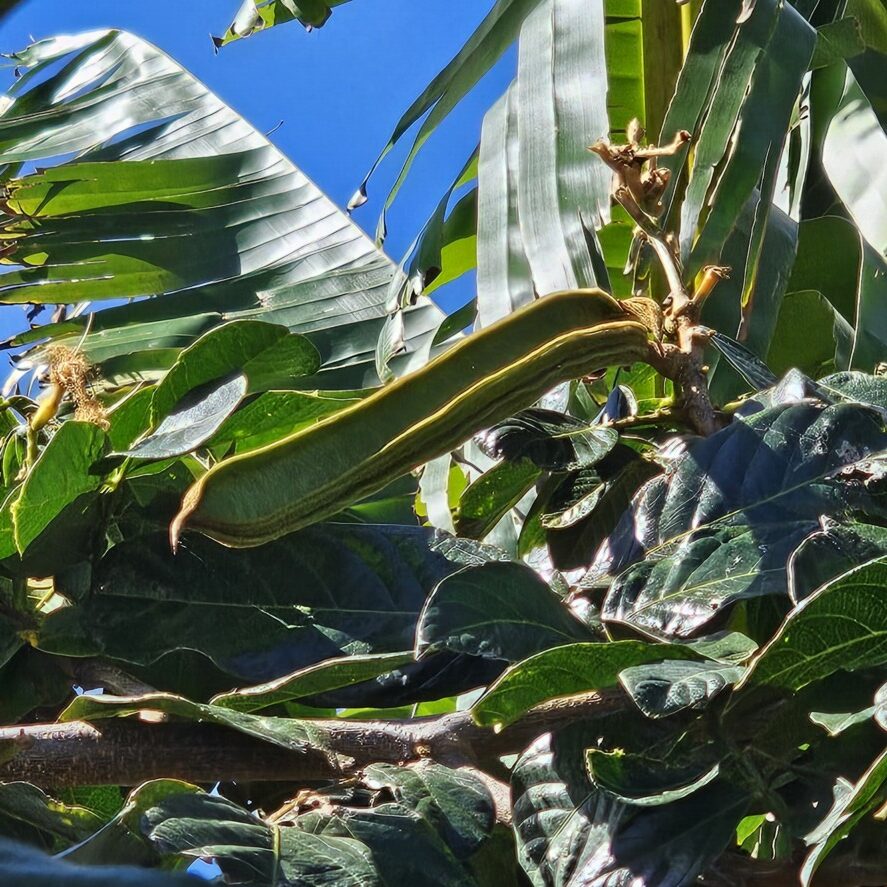
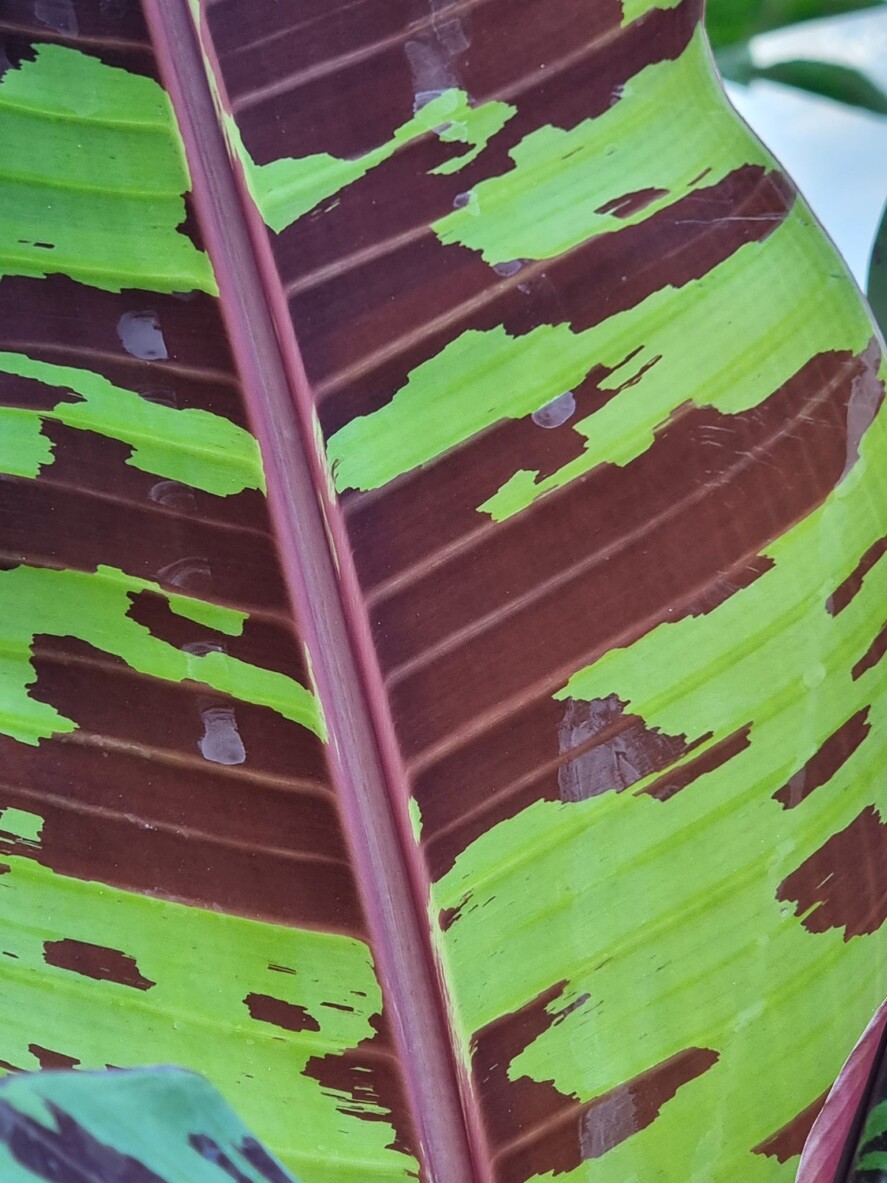

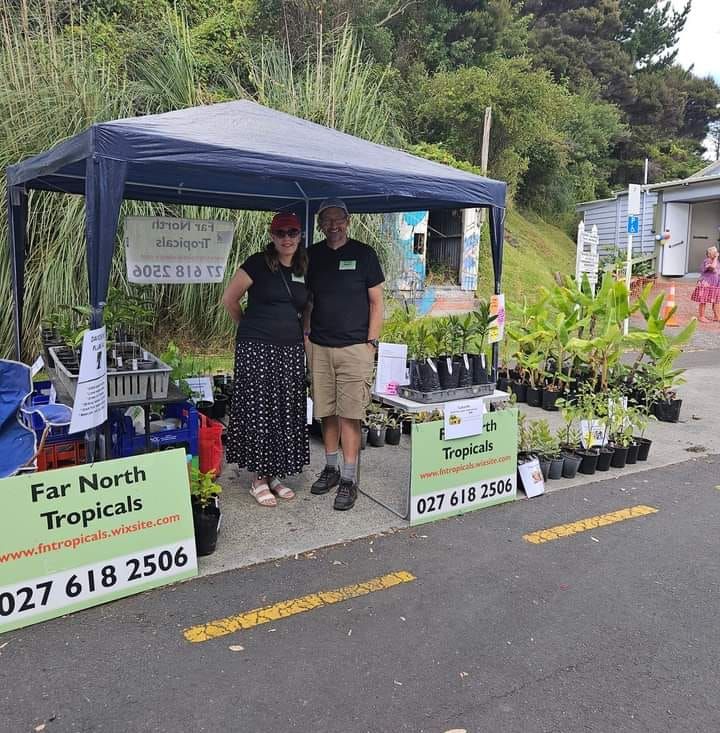
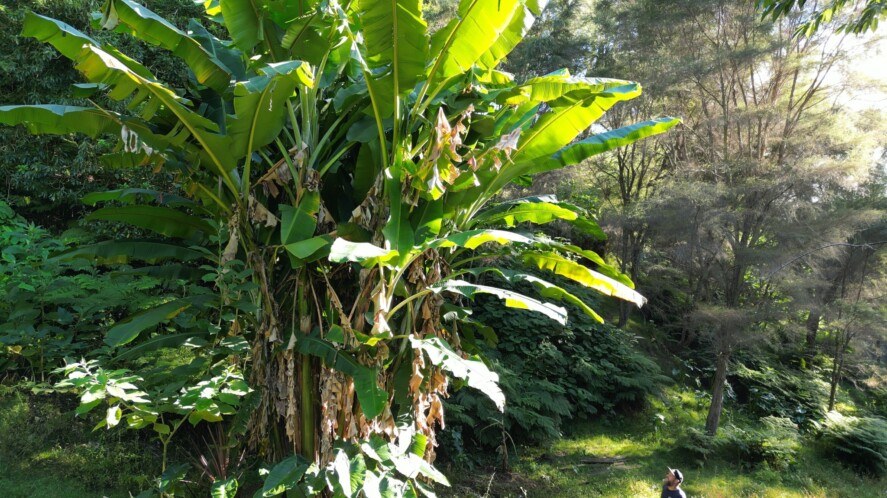

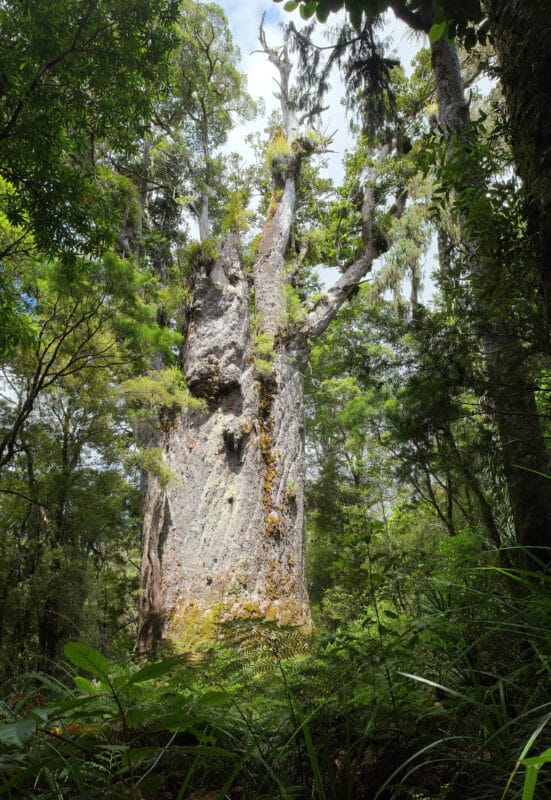





It’s good to know that there are multiple methods to manage and remove these invasive pines. The information on controlled burning was particularly insightful.
Interesting read on the Contorta Pine and its impact. The details on identification are very helpful for those wanting to participate in removal efforts.
While I was aware of invasive species issues, I didn’t realize the extent of the problem with Contorta Pine. The steps for removal are useful for anyone looking to contribute.
I appreciate the thorough explanation of why the Contorta Pine is a problem in New Zealand. It’s clear that managing this tree is important for maintaining biodiversity.
The article provides a balanced view of the Contorta Pine, highlighting both its characteristics and the issues it causes. Very informative.